|
The new Ho Chi Minh City has many fundamental advantages to develop into a multi-center urban area. Photo: Quynh Danh. |
At the recent event Central Core: Overview of the real estate market in Ho Chi Minh City , Mr. Nguyen Quoc Anh, Deputy General Director of Batdongsan.com.vn, said that the new Ho Chi Minh City - including Ho Chi Minh City, Binh Duong and Dong Nai (old) - has become a metropolis with the largest economic scale, population and area in Vietnam.
This area currently leads the economy with 24% of GDP, double that of Hanoi. Along with that, the population has also increased to nearly 14 million people, and has an area of 6,772 km2, larger than Shanghai (China). The expert assessed that these are important fundamental parameters for Ho Chi Minh City to form a multi-center urban model.
'Tripolar' metropolis
According to Mr. Quoc Anh, the development structure of the new Ho Chi Minh City has great similarities with the Seoul Metropolitan Area (SMA) of South Korea - an area formed in the early 1980s with three central poles: Seoul, Incheon and Gyeonggi-do, contributing 56% of GDP and attracting nearly half of Korean enterprises.
This model operates according to a linked value chain, in which each pole takes on a different role but directly complements each other.
Similarly, the new Ho Chi Minh City is also a “supply chain” with the advantage of three central poles. In which, Binh Duong is the input responsible for production, while Ba Ria - Vung Tau is the output of logistics and maritime transport.
Most importantly, Ho Chi Minh City (old city area) plays a central role, focusing on R&D research, regulating the entire supply chain in the Southern region. This metropolis is recognized as being on track to become the largest investment attraction center in the country.
In addition, one of the country's major industrial centers, Dong Nai, will also play an important role in the formation of the new metropolis. Thanks to the advantage of large area, high density of industrial parks, and abundant labor resources, Dong Nai will support direct connection with Ho Chi Minh City, creating a solid foundation for industrial real estate.
In particular, Dong Nai also has Long Thanh International Airport which is expected to be completed soon for trial operation, becoming an international transit gateway for Ho Chi Minh City and satellite cities.
Compared to the first phase of SMA, Mr. Quoc Anh emphasized that the new Ho Chi Minh City not only has many similarities but also has many significant advantages. The new Ho Chi Minh City currently has 67% of its population of working age, higher than Seoul at the time of departure. Along with that, the population density of Ho Chi Minh City is only 4,500 people/km2 - equal to 1/3 of Seoul's first phase, showing that Ho Chi Minh City still has a lot of room for urban expansion.
Currently, a series of key infrastructure projects are being accelerated. While Seoul had a 7.4 km metro line in 1982, Ho Chi Minh City now has its first metro line of 19.7 km and nearly 100 km of expressway and beltway system under urgent construction with very strong public investment capital.
Notably, real estate prices in central Seoul increased sharply after South Korea implemented its “global megacity” strategy in 2019, with an increase of 150% in some areas.
“If Ho Chi Minh City continues to maintain the current strong public investment disbursement rate, a similar growth scenario can completely repeat itself,” Mr. Quoc Anh assessed.
The upward trend was also recorded in the expanded center of Ho Chi Minh City when the interest in apartments in this area increased sharply. Specifically, the number of searches for high-end - luxury apartments in Ho Chi Minh City increased by 168% in the third quarter of 2025 compared to the same period last year. At the same time, the average selling price of central real estate is currently 291 million VND/m2, and has a faster growth rate than other areas.
Financial centers are new growth engines
In the context of the market forming new growth poles, Mr. Nguyen Quoc Anh believes that the development process of Ho Chi Minh City in the next 20-30 years will revolve around the rise of new centers, especially Thu Thiem and satellite areas that are benefiting from infrastructure.
This expert emphasized that Thu Thiem has all the elements to become the city's new financial center, similar to how Seoul built Yeouido or Shanghai formed Luk Gia Chui.
|
Thu Thiem is expected to follow the same development direction as major financial centers in Asia. Photo: Quynh Danh . |
“Seoul developed Yeouido in the early 2000s and in just a few years, the area attracted more than 1,000 financial institutions, created more than 100,000 new jobs and became an important development pole next to the old center. Similarly, Shanghai also had a big turning point with Lujiazui, which was planned since 1990 and became a global financial center in just 15 years.
The history of major Asian cities shows that the biggest leaps have come from the emergence of international financial centers that create high-quality jobs, attract global businesses and drive real estate value growth,” he said.
According to Mr. Quoc Anh, Thu Thiem is completely capable of following a similar path, thanks to its location close to the old center, large land fund, systematic planning and completed infrastructure, which are conditions that very few urban areas in the region have.
He predicted: “In the long term, Thu Thiem is not only an expanded space of the center, but has the potential to become a counterweight center in terms of economy and finance in the next 5-10 years, when infrastructure and financial projects are completed. The formation of a multi-center network will change the way the city operates, leading to a continued increase in demand for high-quality housing.”
In addition to Thu Thiem, satellite cities that are benefiting from new infrastructure will also contribute to the ecosystem of the Ho Chi Minh City metropolis. The complementary roles of the financial - production - logistics center will help the growth structure become more sustainable, instead of depending on a single area.
“We are about to witness an extremely interesting period for the Ho Chi Minh City area in the next 30 to 40 years. Public investment and infrastructure will be the key to help the city break through and contribute greatly to the economy,” Mr. Quoc Anh commented.
Source: https://znews.vn/tphcm-truoc-buoc-ngoat-tro-thanh-dai-do-thi-trung-tam-cua-viet-nam-post1604050.html


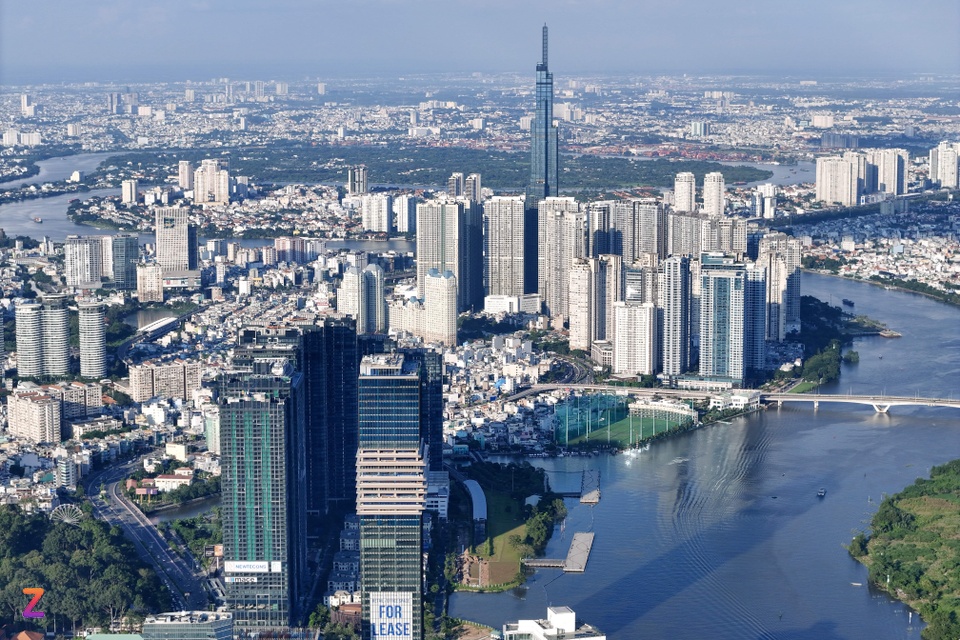
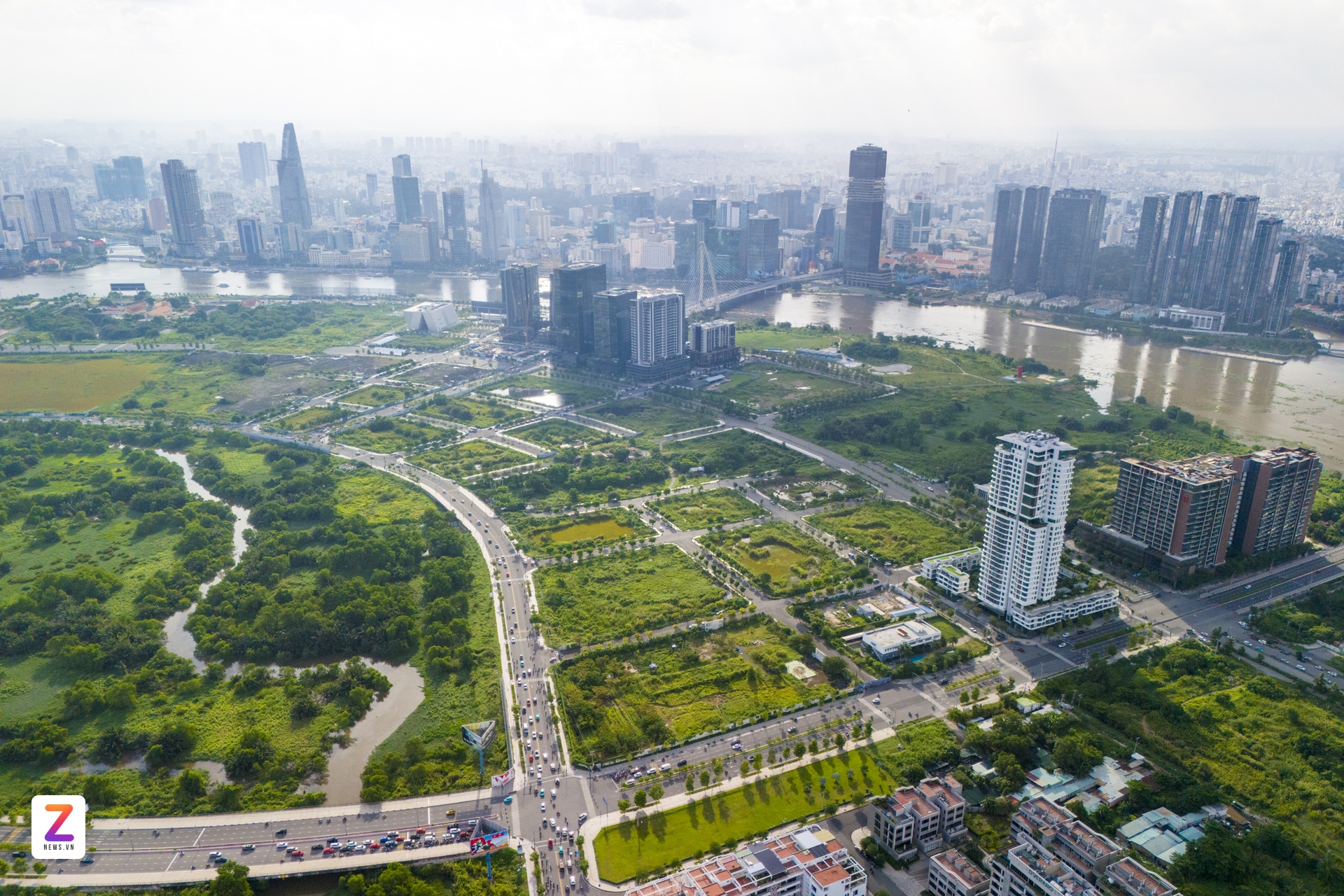








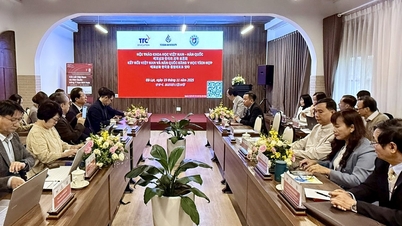




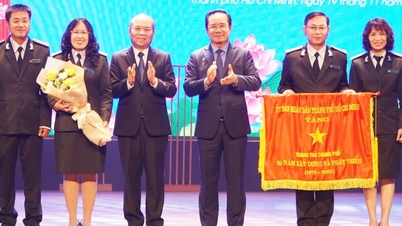



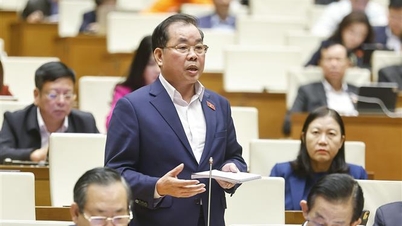

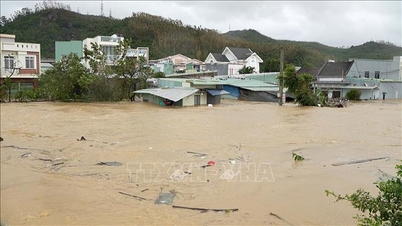
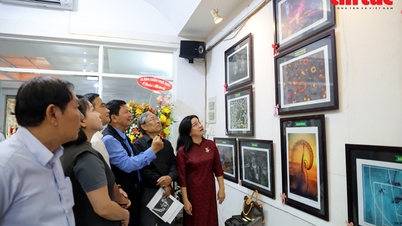
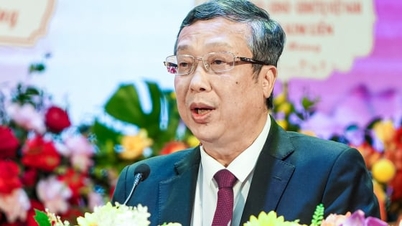







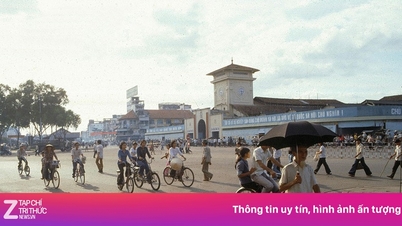






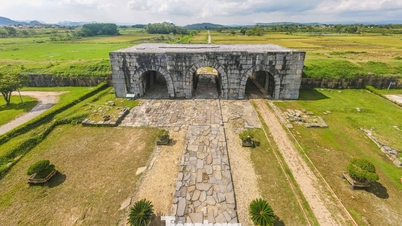

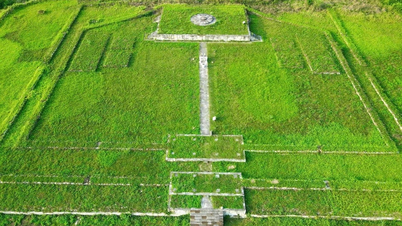

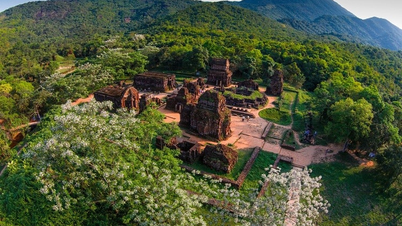

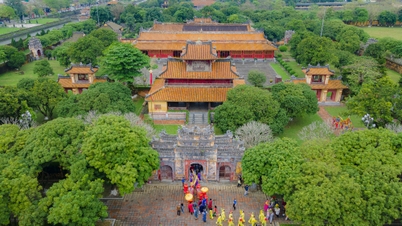

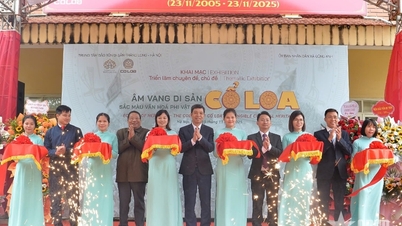





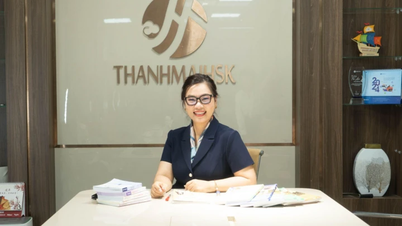






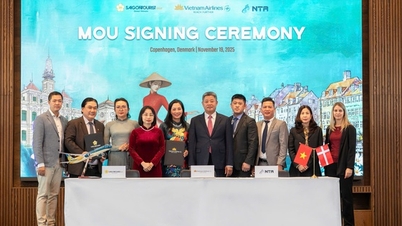





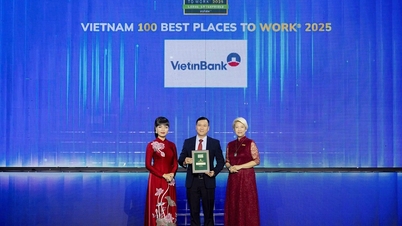





















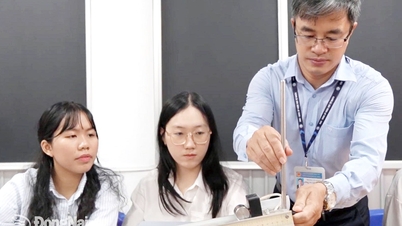



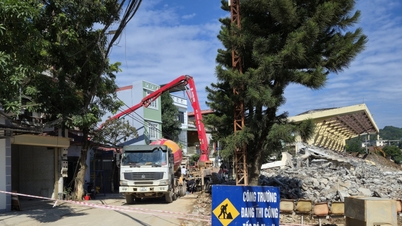


















Comment (0)